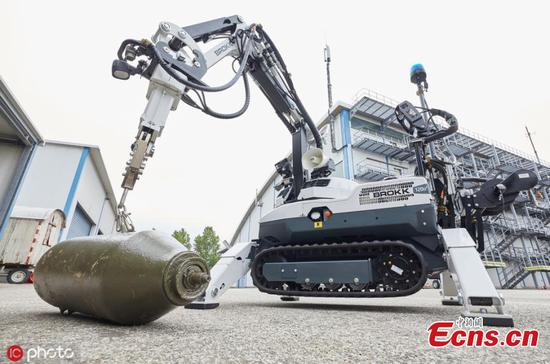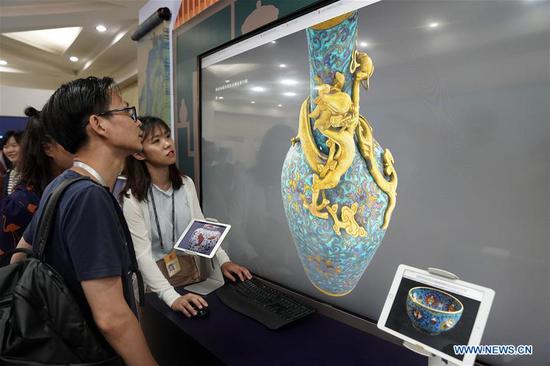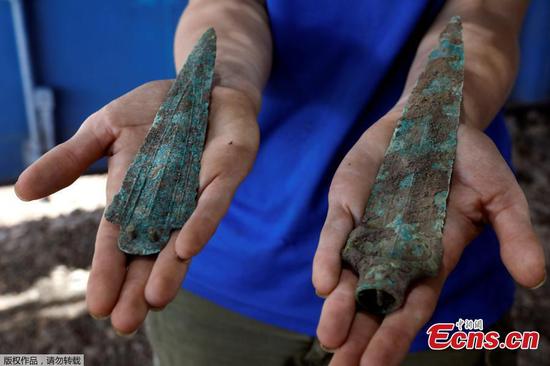A Sino-foreign paleontological team announced Friday that they discovered a skeleton of a small-sized mammal ancestor, preserved with a tiny hyoid bone that helps mammals chew and swallow.
The 164-million-year-old Middle Jurassic fossil was discovered from the city of Ningcheng, north China's Inner Mongolia Autonomous Region. The researchers named it Microdocodon, which appeared millions of years before the emergence of true mammals.
The Shenyang Normal University in northeast China's Liaoning Province has convened the research team including scholars from Yale University, the University of Chicago from the United States and the Institute of Geosciences, Rheinische Friedrich-Wilhelms-Universitat Bonn in Germany for six years of research on the fossil.
Zhou Changfu, the chief scientist in the research and an expert from the Paleontological Museum of Liaoning, said the hyoid bone is not closely connected to other bones like jaws, so it is easy to fall off or rot after the animal's death and is therefore difficult to preserve.
The hyoid bone of only a few millimeters has mobile joints arranged in a saddle-shaped configuration, which are fundamentally different from the simple hyoid rods of nonmammaliaform cynodonts, Zhou said.
The Microdocodon is 14.7 cm long with fully grown teeth indicating it was an adult. Its girdle and limb bones are very slender. It has an exceptionally long tail. Based on these characteristics, scientists interpret this to be a scansorial animal.
The paper on the discovery was published on Friday on the Science journal, which commented on the findings of Zhou's team "fascinating from a developmental and functional perspective."
Zhou said the hyoid apparatus provides a framework for larynx and esophagus, crucial for swallowing chewed food and liquid in all mammals.
The discovery site of the Microdocodon located at the junction of Liaoning Province, Inner Mongolia and Hebei Province is a world-famous Mesozoic fossil treasure house, which is of great value to the study of the origin of dinosaurs, birds and angiosperms.
The Shenyang Normal University has built a high-level international palaeontological research team, which in recent years has produced a number of significant scientific discoveries, such as Hirschsprung's Nearbird Dragon.


















































